![]()
![]()
![]()
Use LEFT and RIGHT arrow keys to navigate between flashcards;
Use UP and DOWN arrow keys to flip the card;
H to show hint;
A reads text to speech;
36 Cards in this Set
- Front
- Back
|
Label 3 layers |
Epidermis
Dermis Subcutaneous tissue |
|
|
Define a lower motor neuron lesion- give a common clinical sign and an example of a disorder. |
Lower Motor Neuron lesions (LMNs)- lesion in the cell bodies, anterior nerve roots or motor axons that affect the output of the spinal cord Common clinical sign- flaccid paralysis Example- Poliomyelitis |
|
|
Define an upper motor neuron lesion- give a common clinical sign and an example of a disorder. |
Upper Motor Neuron lesions (UMNs)- lesion in the cortex, internal capsule of the brain, brain and/or spinal cord that corrupts the signal to the efferent nerve Common clinical sign- spasticity Example- Cerebral Palsy |
|

|
Lunate |
|
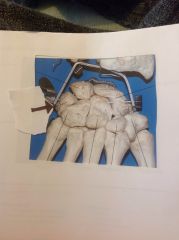
|
Triquetrum
|
|
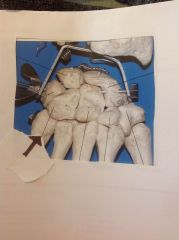
|
Hamate
|
|
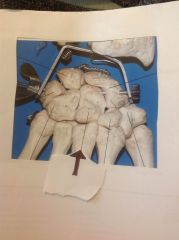
|
Capitate
|
|

|
Trapezoid
|
|

|
Trapezium
|
|
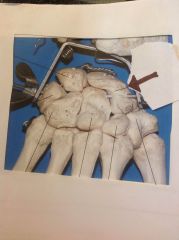
|
Scaphoid
|
|
|
Pronation and supination of the forearm happens at the
|
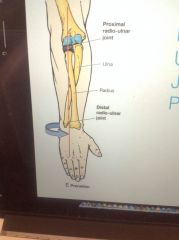
Prox and distal Radio ulnar joint |
|
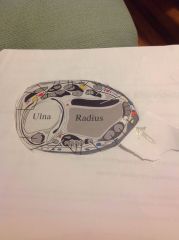
|
Extensor pollicis brevis
|
|
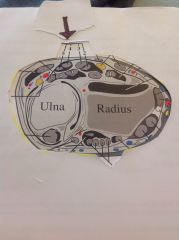
|
Fl |
|

|
Palmaris longus
|
|

|
Median nerve
|
|

|
Flexor carpi radialis
|
|
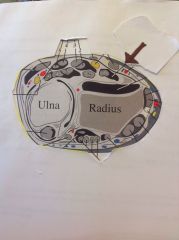
|
Flexor pollicis longus
|
|
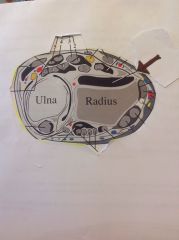
|
Pronator quadratus |
|
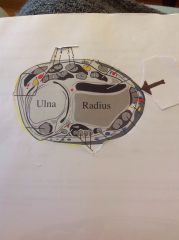
|
Brachioradialis
|
|
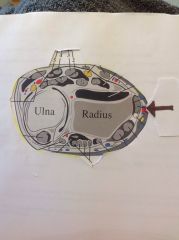
|
Abductor pollicis longus
|
|
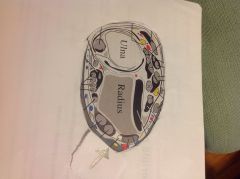
|
Extensor pollicis brevis
|
|
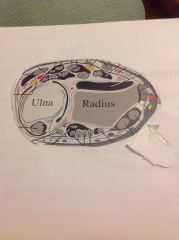
|
Extensor carpi radialis longus
|
|
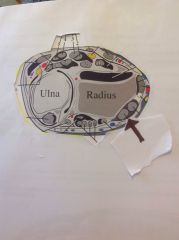
|
Ext carpi radialis brevis
|
|
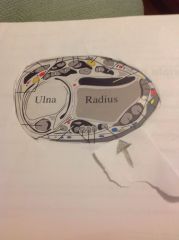
|
Ext pollicis longus
|
|
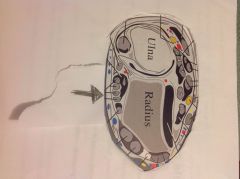
|
Ext digitorum |
|
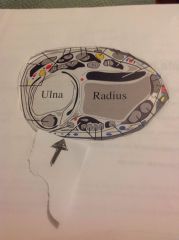
|
Ext indicis
|
|
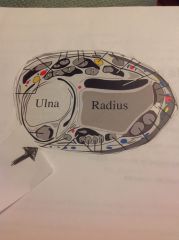
|
Ext digiti minimi
|
|
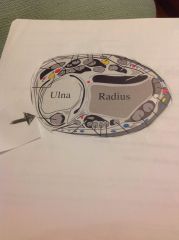
|
Ext carpi ulnaris
|
|
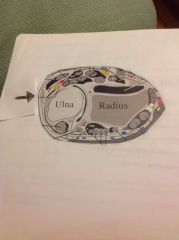
|
Ulnar nerve and artery
|
|
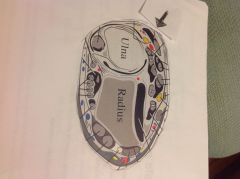
|
Flx carpi ulnaris
|
|
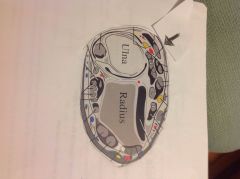
|
Flexor digatorum profundus
|
|
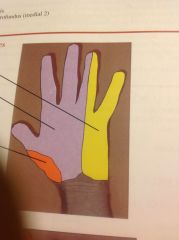
|
Purple - median |
|

Label
|
Brown - Median N |
|
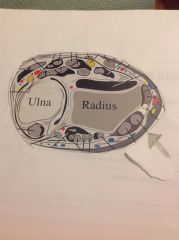
|
Ext carpi radialis longus |
|
|
Dermatones
|

|
|
|
Epiphytes growth rates |
Prox 45. Distal. 20 |

